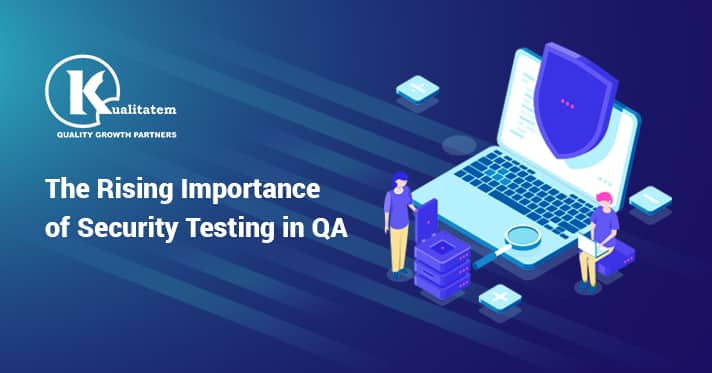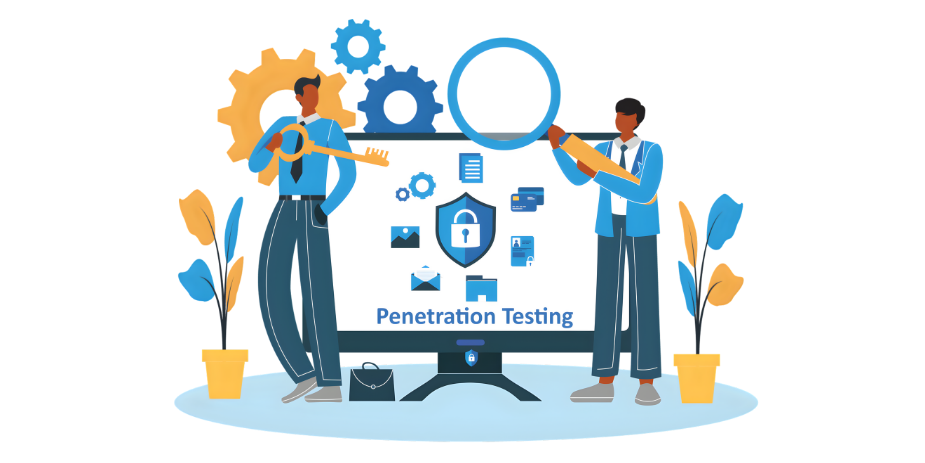The Rising Importance of Security Testing in QA

- June 27, 2019
- HibaSulaiman
Testing is evolving without a shadow of doubt especially with the onset of the current era of disruption. A good question that companies may ask is if there is any value in having traditional testers doing security testing apart from the ones undertaken by the company’s own security group. This is a great question and deserves a detailed response since the undeniable value of security testing in QA cannot be denied in the current time and era.
Most companies view traditional software and testing groups as separate from the IT security group. And there are distinctly different departments for these groups. The first group takes care of the functionality while the latter focuses on security. In many cases this leads to serious communication issues between both, often resulting in challenges for software development teams.
These challenges normally are as follows:
- Vulnerabilities before the production release
- Confusing spreadsheets of security vulnerabilities
- Slow removal of vulnerabilities
- Slow process to fix problems
In such a state of calamity, most professionals advise companies to “shift security left.” Any independent software testing company can realize many benefits by shifting security testing efforts earlier in the lifecycle such as enabling developers to identify issues earlier, resolving vulnerabilities quickly, avoiding defects before production release and decreasing time-to-market of products.
But the fact remains that shifting security left is not so easy. To do so, development and testing teams need to have application security expertise. The budget constraints to assist in more frequent testing also adds up to the problems in this transition.
If an independent software testing company has traditional testers conducting security testing efforts, they must have a balanced approach when shifting left. At the same time, they must be careful of all the staffing and budgetary limitations. This provides many benefits to the company and the team members.
If companies train testers and provide them access to quality security testing technologies, they can enable their testers to use automation to perform both static application security testing (SAST) and dynamic application security testing (DAST) earlier in the software development lifecycle. Making your testers shift left you can enable them to test more often, recognize new features and single out code changes with actual test results. Moreover, the entire team will attain a new level of responsibility and follow more refined processes for better project executions.
When testers look at these results they realize the importance of how this system has an advantage over a segregated IT security team. With such collaboration, the teams can have an understanding of the context related to the features, design, and implementation. A security analyst is generally unaware of this. With the understanding of user behaviors, workflows, architecture, and data flows, testers can thoroughly understand and single out all the prospective threats to the product.
This helps teams gain a complete understanding of the matter at hand and prioritize issues accordingly. Security teams working on their own do not have an understanding of the product or software they work on since their only source of information is the tool that they utilize. Therefore, their understanding mostly is at a surface level only.
When you let your testers perform security testing your team will come full circle regarding the understanding of all the risks that your application may encounter. As a result, you will be able to prioritize all your issues accordingly and release truly immaculate products.











